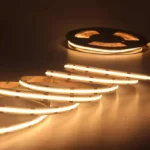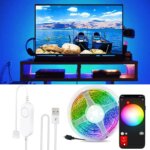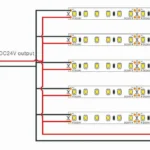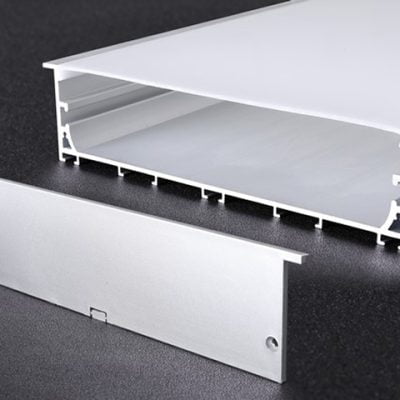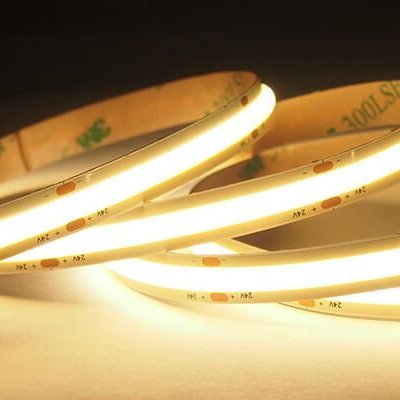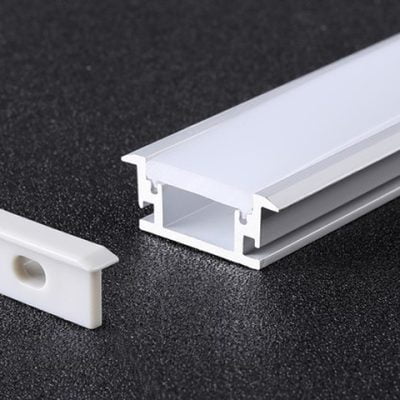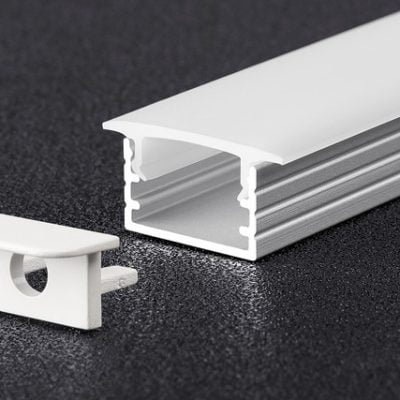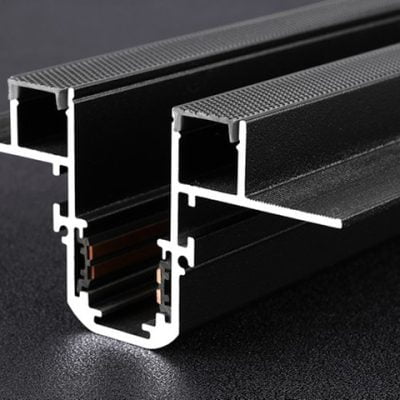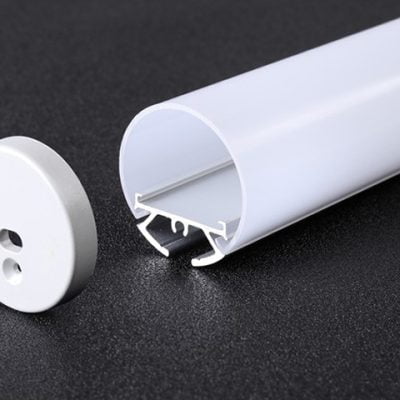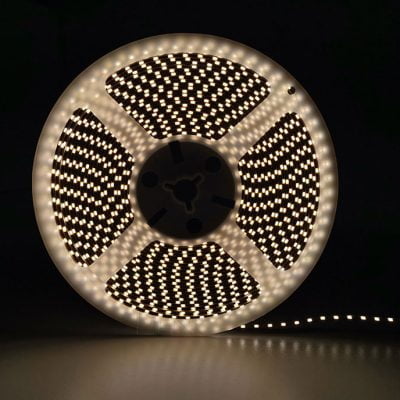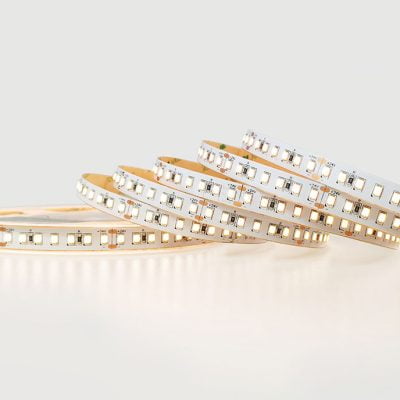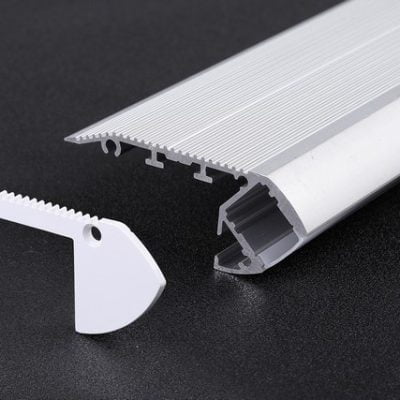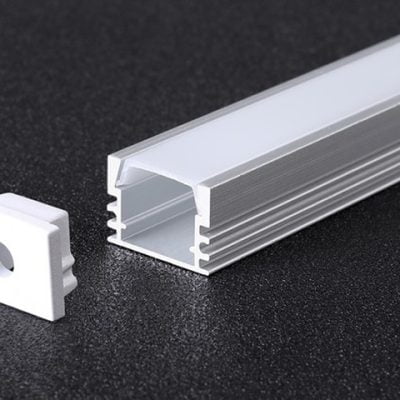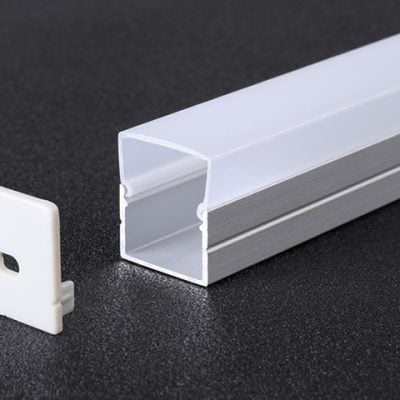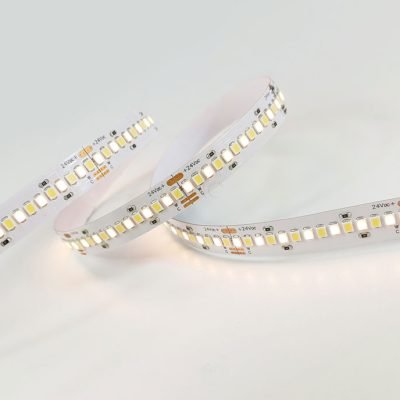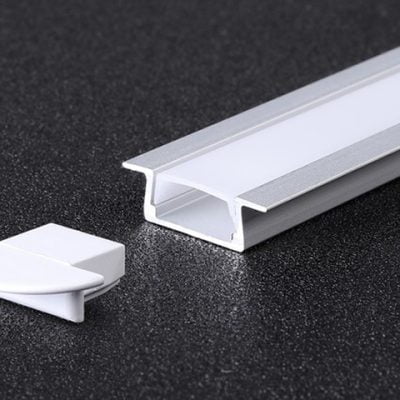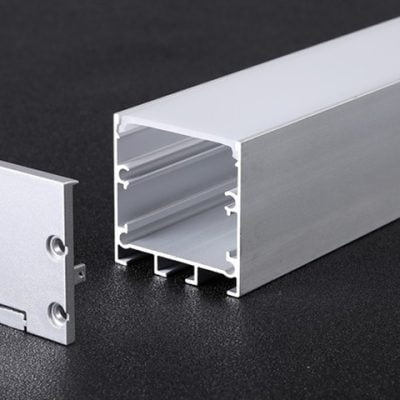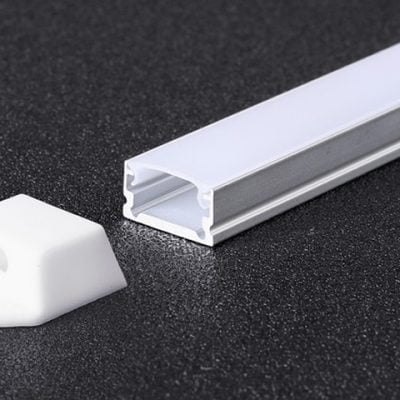
Choosing the right LED strip light can transform your living space, adding both functionality and ambiance. As a professional LED strip light manufacturer from China, we at Lightstec understand the importance of selecting high-quality, smart home-compatible lighting solutions. Whether you're looking for accent lighting in your bedroom or waterproof options for outdoor use, this guide will walk you through the essential steps to choose the perfect LED strip light.
LED strip lights have become increasingly popular in smart homes due to their versatility, energy efficiency, and ability to create stunning visual effects. From creating a cozy atmosphere in your bedroom to adding a modern touch to your ceiling, LED strips offer endless possibilities for home decoration and lighting.
Before we dive into the specifics, it's important to note that not all LED strip lights are created equal. As a leading China LED strip light supplier, we at Lightstec pride ourselves on delivering top-quality products that meet the highest standards of performance and durability.
※ Fact Check: High-quality LED strip lights can last up to 50,000 hours, which is equivalent to over 5 years of continuous use.
※ Fact Check: LED strip lights use up to 75% less energy than traditional incandescent lighting, making them an eco-friendly choice for smart homes.
Table of Contents
- Determine Your Lighting Needs
- Consider Color Temperature and Brightness
- Choose the Right IP Rating for Your Environment
- Smart Home Compatibility and Control Options
- Quality and Durability Considerations
How to Determine Your Lighting Needs?
The first step in choosing the perfect LED strip light is to assess your lighting needs. Are you looking for accent lighting to create a cozy atmosphere in your bedroom, or do you need bright task lighting for your kitchen countertops?
Understanding your specific requirements will help you narrow down your options and choose the most suitable LED strip light for your space.
When determining your lighting needs, consider factors such as the room's size, the desired ambiance, and the primary purpose of the lighting. For example, LED strip lights for bedrooms might focus more on creating a relaxing atmosphere, while strips for a home office might prioritize brightness and color accuracy.

To help you visualize different lighting scenarios, consider the following table:
| Room Type | Lighting Purpose | Recommended LED Strip Features |
|---|---|---|
| Chambre à coucher | Ambient lighting | Dimmable, warm CCT options |
| Kitchen | Task lighting | High brightness, cool CCT |
| Living Room | Accent lighting | RGB color-changing, smart control |
| Bathroom | Functional lighting | Waterproof, high CRI |
| Home Office | Productive lighting | Adjustable CCT, glare-free |
※ Fact Check: The human eye perceives different color temperatures as more or less relaxing. Warm light (2700K-3000K) is often preferred for bedrooms, while cooler light (4000K-6500K) can enhance productivity in work areas.
※ Fact Check: LED strip lights with high Color Rendering Index (CRI) of 90+ can accurately display colors, making them ideal for areas where color accuracy is important, such as bathrooms or art display areas.
What Role Does Color Temperature and Brightness Play in LED Strip Selection?
Color temperature and brightness are crucial factors that significantly impact the mood and functionality of your lighting. Understanding these concepts will help you choose LED strip lights that perfectly complement your space and meet your lighting needs.
Color temperature, measured in Kelvin (K), determines whether the light appears warm (yellowish) or cool (bluish). For a cozy, relaxing atmosphere in bedrooms or living rooms, opt for warm white LEDs (2700K-3000K). For task-oriented areas like kitchens or home offices, consider cool white LEDs (4000K-6500K) that promote alertness and productivity.
Brightness, measured in lumens, determines how much light the LED strip emits. The right brightness level depends on the room's size and the lighting purpose. For accent lighting, you might want lower brightness levels, while task lighting requires higher brightness.
[sub-heading featured image]
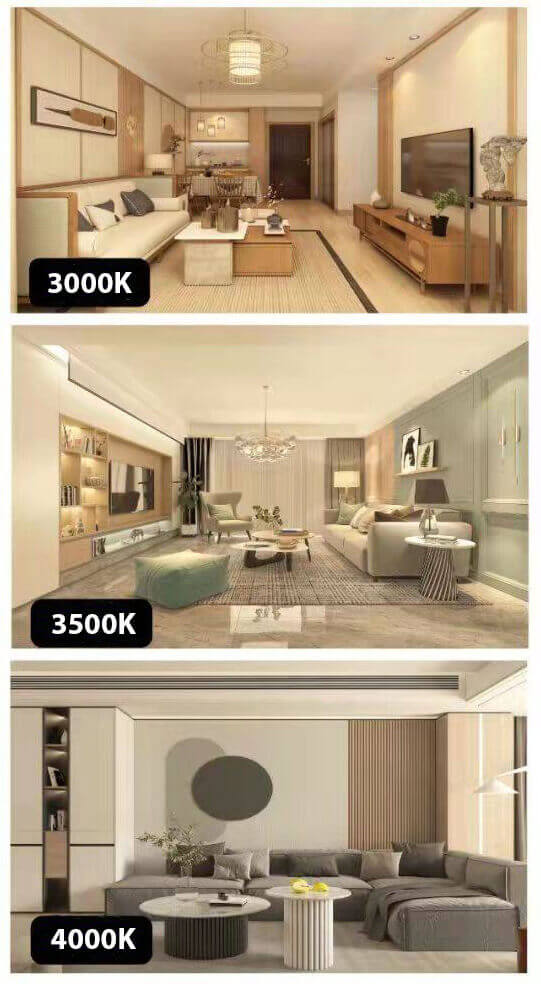
Here's a table to help you understand brightness levels:
| Brightness Level | Lumens per Foot | Suitable Applications |
|---|---|---|
| Bas | 100-250 | Ambient lighting, TV backlighting |
| Medium | 250-500 | Under-cabinet lighting, cove lighting |
| Haute | 500-1000+ | Task lighting, primary room illumination |
※ Fact Check: Some advanced LED strip lights offer tunable white light, allowing you to adjust the color temperature from warm to cool throughout the day, mimicking natural daylight patterns and supporting your circadian rhythm.
※ Fact Check: The brightness of LED strips can be affected by factors such as the density of LEDs per meter and the quality of the LED chips used. Higher-quality LED strips often provide more consistent and efficient lighting.
Why is the IP Rating Important When Choosing LED Strip Lights?
The IP (Ingress Protection) rating is a crucial factor to consider when selecting LED strip lights, especially for areas exposed to moisture or outdoor environments. This rating indicates the level of protection against dust and water ingress, ensuring the longevity and safety of your lighting installation.
Understanding IP ratings is essential for choosing waterproof LED strip lights that can withstand various environmental conditions. The rating consists of two digits: the first indicates protection against solid objects, and the second against liquids.
For indoor use in dry areas, a standard non-waterproof LED strip (IP20) may suffice. However, for kitchens, bathrooms, or outdoor installations, you'll need higher IP ratings to protect against moisture and water exposure.
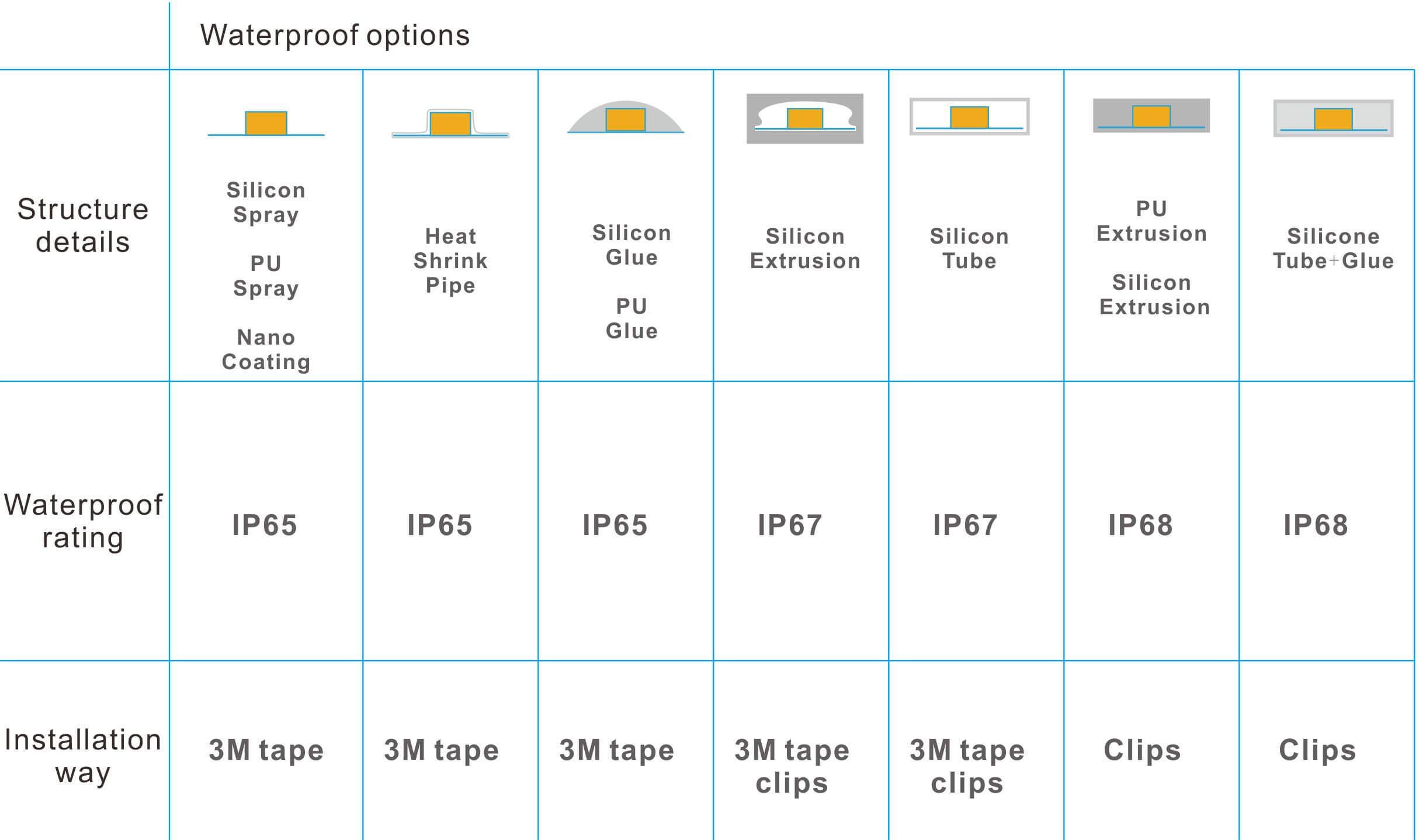
Here's a quick reference table for common IP ratings:
| IP Rating | Protection Level | Suitable Locations |
|---|---|---|
| Ip20 | No water protection | Dry indoor areas |
| IP44 | Splash-resistant | Bathrooms, covered patios |
| IP65 | Water-resistant | Kitchens, outdoor under cover |
| IP67 | Waterproof | Outdoor, temporary submersion |
| IP68 | Fully waterproof | Underwater applications |
※ Fact Check: LED strip lights with an IP65 rating or higher can withstand direct water spray, making them suitable for outdoor use in most weather conditions.
※ Fact Check: While higher IP ratings offer better protection, they may also affect the flexibility and ease of installation of the LED strip. Consider the balance between protection needs and installation requirements when making your choice.
How to Ensure Smart Home Compatibility and Control Options?
In today's connected world, smart home compatibility is a key consideration when choosing LED strip lights. The ability to control your lighting through voice commands, smartphone apps, or home automation systems adds convenience and enhances the overall smart home experience.
When selecting LED strip lights for your smart home, look for options that support popular protocols like Wi-Fi, Bluetooth, Zigbee, or Z-Wave. These technologies allow seamless integration with smart home hubs and voice assistants such as Amazon Alexa, Google Home, or Apple HomeKit.
Advanced control options can include features like:
- Color changing and dimming capabilities
- Scheduling and timer functions
- Music synchronization
- Custom scene creation
[sub-heading featured image]
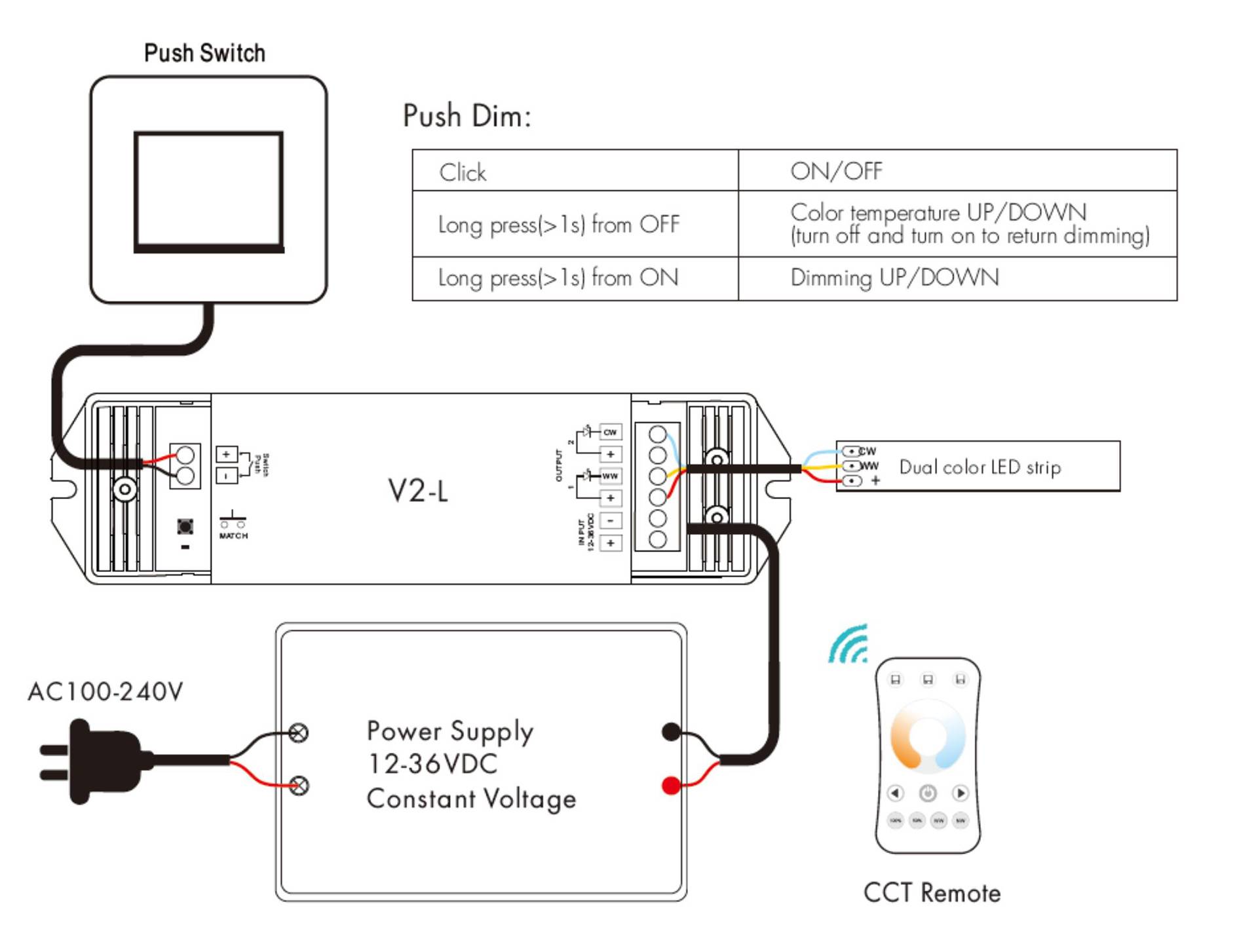
Consider the following comparison of smart control features:
| Feature | Basic LED Strips | Smart LED Strips |
|---|---|---|
| On/Off Control | Manual switch | App, voice, automation |
| Dimming | Limited or none | Full range, precise control |
| Color Changing | Fixed colors | Millions of colors, dynamic effects |
| Scheduling | Not available | Customizable schedules |
| Integration | Standalone | Works with other smart devices |
※ Fact Check: Some advanced LED strip lights can be controlled via Wi-Fi without the need for a separate hub, simplifying the setup process and reducing overall system cost.
※ Fact Check: LED strip lights with individual addressable LEDs (like WS2812B) offer the most advanced control options, allowing for pixel-level color control and complex lighting effects.
Conclusion
Choosing the right LED strip light for your smart home involves considering various factors, from your specific lighting needs to technical specifications like color temperature, brightness, and IP rating. By understanding these aspects and how they relate to your space and requirements, you can select LED strip lights that not only illuminate your home beautifully but also integrate seamlessly with your smart home ecosystem.
Remember, as a professional LED strip light manufacturer, Lightstec offers a wide range of high-quality options to suit every need. Whether you're looking for accent lighting in your bedroom, waterproof solutions for outdoor spaces, or smart-enabled strips for whole-home control, we have the perfect product for you.
By following this guide and considering your unique requirements, you'll be well-equipped to make an informed decision and transform your living space with the perfect LED strip lights.
Q&A
-
Q: How long do LED strip lights typically last?
A: High-quality LED strip lights can last up to 50,000 hours or more, which is equivalent to over 5 years of continuous use. However, the actual lifespan can vary depending on factors such as usage patterns, environmental conditions, and the quality of the LEDs and components used.
-
Q: Can I install LED strip lights myself, or do I need a professional?
A: Many LED strip lights are designed for easy DIY installation. However, for complex setups, outdoor installations, or if you're not comfortable with electrical work, it's best to consult a professional electrician to ensure safe and proper installation.
-
Q: Are LED strip lights energy-efficient?
A: Yes, LED strip lights are highly energy-efficient. They use up to 75% less energy than traditional incandescent lighting, which can lead to significant savings on your electricity bill over time.
-
Q: Can I cut LED strip lights to fit my space?
A: Most LED strip lights can be cut to length, but only at designated cutting points marked on the strip. Always check the manufacturer's instructions before cutting to ensure you don't damage
People Also Care about These Questions
Processus de fabrication des bandes lumineuses à LED
La production d'éclairage à LED nécessite une grande précision, mais de nombreux fabricants fabriquent leurs luminaires sur des chaînes de montage de base. Nous réglementons et surveillons strictement toutes les étapes de traitement dans notre système de fabrication. Nous disposons également d'un ensemble complet d'équipements destinés à la production et au contrôle de la qualité. Nous employons des ingénieurs expérimentés qui sont également des superviseurs d'usine pour assurer un contrôle de qualité strict pour chaque bande lumineuse à LED.
Nous espérons que cet article augmentera votre compréhension de l'industrie de l'éclairage LED et vous permettra de développer et d'explorer davantage la gamme de produits.

Étape 1. Matériau de la bande lumineuse à LED IQC
Les matériaux sont arrivés à l'usine, peu importe le PCB, la led, l'ic, la résistance, le profil en aluminium, les câbles, nécessitent un contrôle qualité. tous les articles doivent répondre à l'exigence. Le contrôle de la qualité est la première chose que nous devons faire lorsque tous les matériaux arrivent. Nous devons les inspecter, qu'ils soient qualifiés ou non --- cependant, il peut encore y avoir des produits défectueux qui ont traversé tout le processus de production --- des défauts de matériaux, de traitement ou d'expédition.

Étape 2. Vérification de la température de couleur des LED
Maintenant, avec toutes les nouvelles puces LED, vous devez tester la température de couleur des LED. La luminosité d'une même couleur n'est pas toujours la même. L'indice de rendu des couleurs est également un sujet dont vous devez vous assurer que le client.
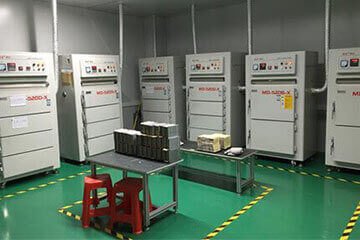
Étape 3. Processus à sec LED
Habituellement, ce processus sera suivi du processus SMT. La LED doit être séchée avant de traiter le SMT. La température du séchage n'est pas inférieure à 65℃ en 8 heures.
Étape 4. Processus SMT de bande lumineuse à LED
Le processus SMT de bande lumineuse à LED est largement utilisé dans les unités d'éclairage modernes. Ce qui est drôle, c'est que SMT signifie Surface Mount Technology, mais la technologie sur la façon de produire la LED n'est pas seulement appelée surface de montage, mais comprend également une machine automatisée à grande vitesse. Beaucoup de gens comprennent mal cela.

Étape 5. Processus de soudage par refusion de la bande LED
Processus de technologie de soudage par refusion après SMT, les composants et le PCB utilisant la pâte à souder. Le PCB de la machine à souder par refusion à une certaine température. La pâte à souder dans la consistance liquide de fondu, puis liée à différents composants.

Étape 6. Processus d'inspection des bandes lumineuses LED
nous avons un test à 100% pour nous assurer qu'il n'y a aucun dommage physique aux produits. L'inspection visuelle garantit qu'il n'y a pas de changement de couleur dans les LED et si des composants sont mal alignés dans les ponts de soudure.
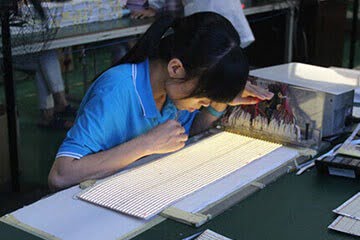
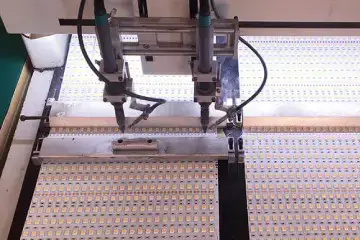
Étape 7. Processus de soudure de la bande lumineuse LED
Certains PCB de petite taille avec l'angle zéro, processus de soudure sans plomb. Après inspection, le ruban LED passe à travers une machine à souder, qui connecte un ruban de 0,5 m à des bandes de 5 m de long.

Étape 8. Processus de nettoyage de la carte PCB de la bande lumineuse à LED
La surface du PCB pour la bande LED a un fer à souder à nettoyer. La première chose à faire est encore de souder. Souder le CI peut être utilisé pour empêcher l'oxydation pendant le processus de soudure, puis couper l'excès de fil conducteur dans un tambour de dentifrice rond, comme l'oxydation. Une fois tout cela terminé, nous pouvons continuer à le nettoyer.
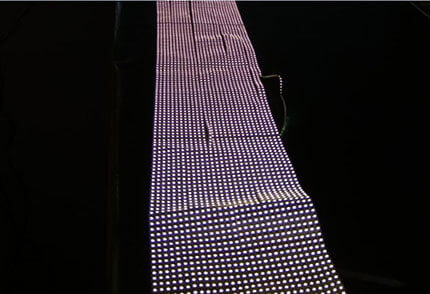
Étape 9. Processus de vieillissement de la bande LED
En fait, tous les produits à LED nécessitent un test d'éclairage pendant 8 heures, pour s'assurer que chaque LED fonctionne en bon état. Et nous pouvons mesurer les couleurs pendant le test d'éclairage, et si les LED sont à la bonne température de couleur, et si le pilote fonctionne bien. Il est donc très important pour le fabricant de s'assurer que toutes les LED fonctionnent correctement.
Étape 10. Processus imperméable à l'eau de la bande lumineuse à LED
Les bandes lumineuses à LED sont étanches et également résistantes à la rouille, ce qui les rend adaptées à un certain nombre d'applications à l'intérieur et à l'extérieur de la maison. La sélection du processus d'imperméabilisation des bandes lumineuses LED est une étape importante dans le processus de fabrication. Il existe sur le marché des tubes en silicone étanches IP65 de haute qualité et des injections de silicium IP67 étanches.
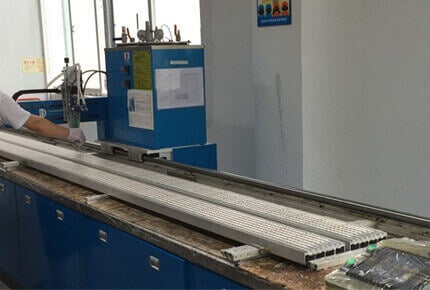
Étape 11. La bande lumineuse LED ajoute le processus de bande 3M
Le ruban 3M à l'arrière de la bande offre aux consommateurs la commodité et la facilité d'installation de l'éclairage à bande LED.
Nous utilisons 3M 9080 pour toutes les bandes non étanches et imperméables, certains clients demandent un autre adhésif 3M avec une meilleure adhérence ou une meilleure conductivité thermique, qui est également disponible.
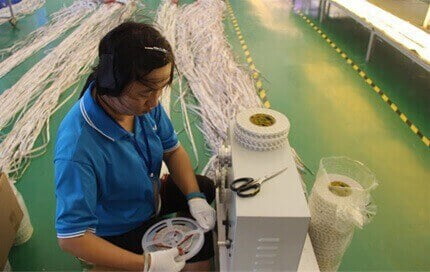
Étape 12. Inspection finale de la bande lumineuse LED
After the entire LED strip package has passed through our processing, LED Starlight's quality control department will perform a final check on our products. We not only make sure they have the same lighting color and are free from defects but also the appearance is good enough to meet the customers' requirements.
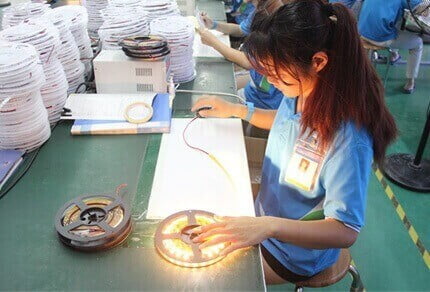
-
Profil d'éclairage architectural (30)
-
Bandes LED COB (4)
-
Canal LED pour cloison sèche (21)
-
Canal LED au sol (sept)
-
Projecteur à profil suspendu (29)
-
Profil en aluminium à DEL (178)
-
Profilé d'angle LED (4)
-
Plinthe à LED (dix)
-
Profilés magnétiques en aluminium à LED (6)
-
Canal LED encastré (24)
-
Bandes LED à changement de couleur RGBW (8)
-
Profil LED rond (2)
-
Bandes LED à vue latérale (1)
-
Bandes LED à une seule couleur (6)
-
Profil de bande LED d'escalier (2)
-
Profil led à montage en surface (17)
-
Profil éclairé sur trois côtés (3)
-
Bandes LED blanches accordables (3)
-
Canal d'éclairage sous armoire (18)
-
Luminaire linéaire mural (11)
-
Profils de garde-corps de garde-robe (1)
-
Canal LED étanche (4)

